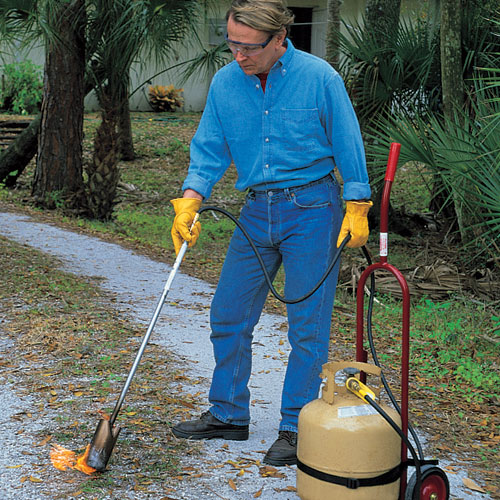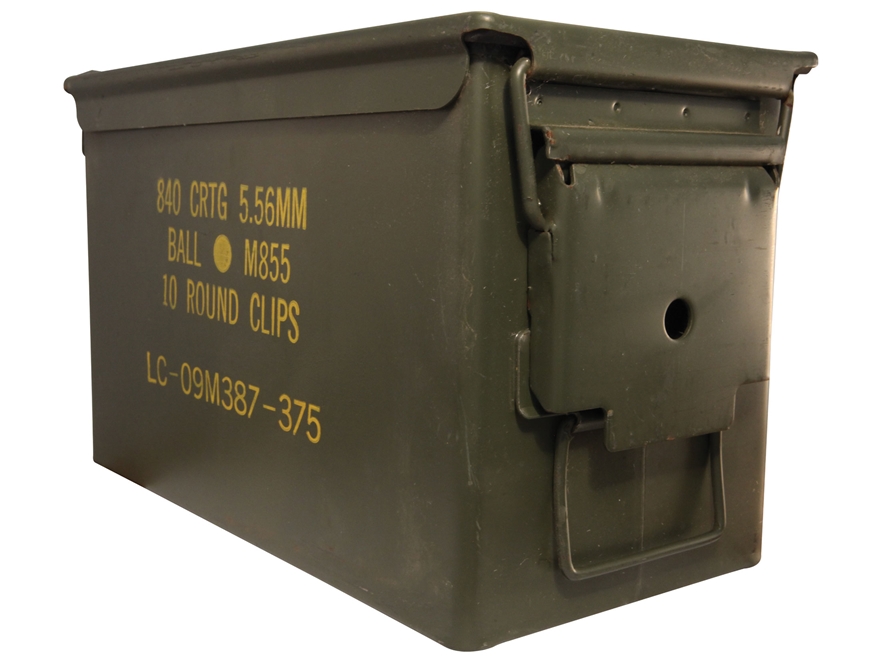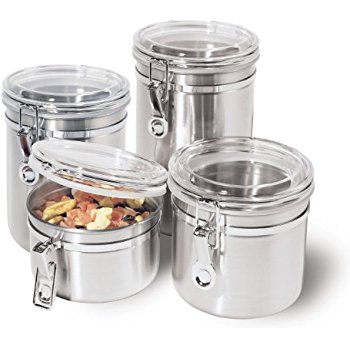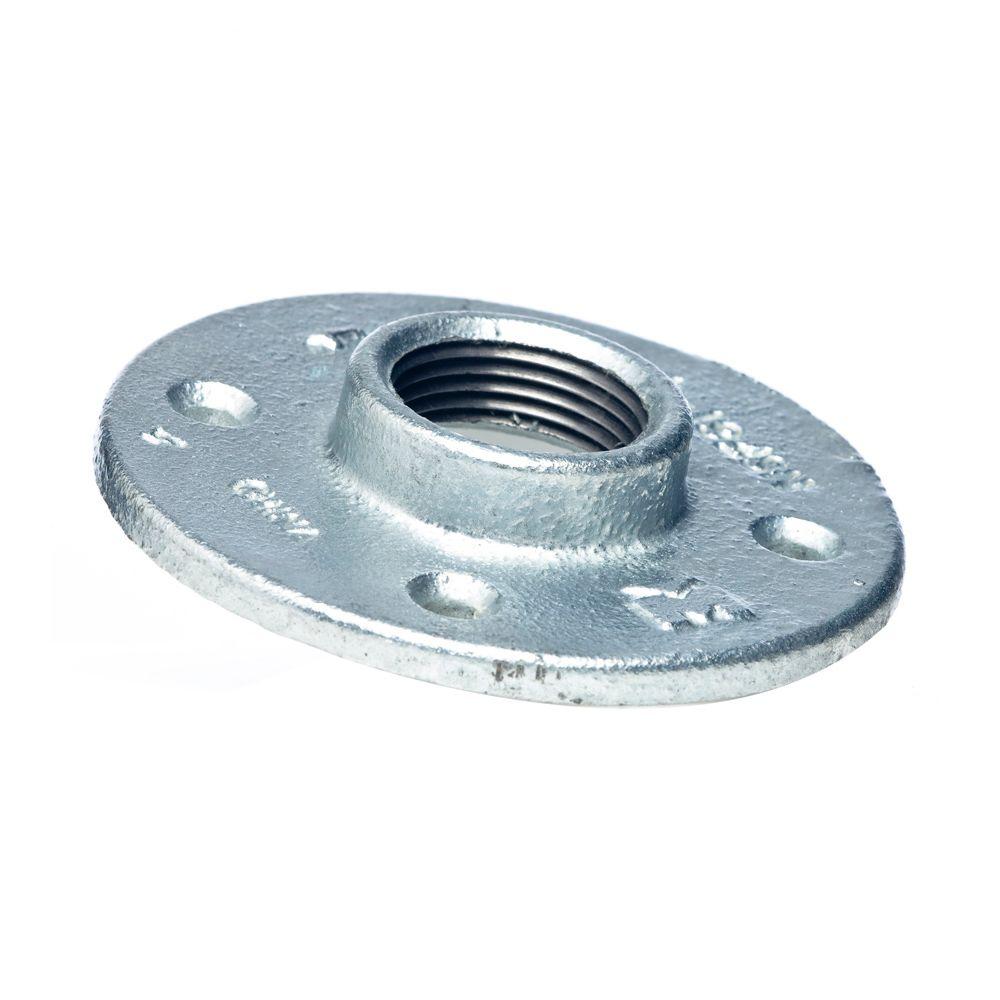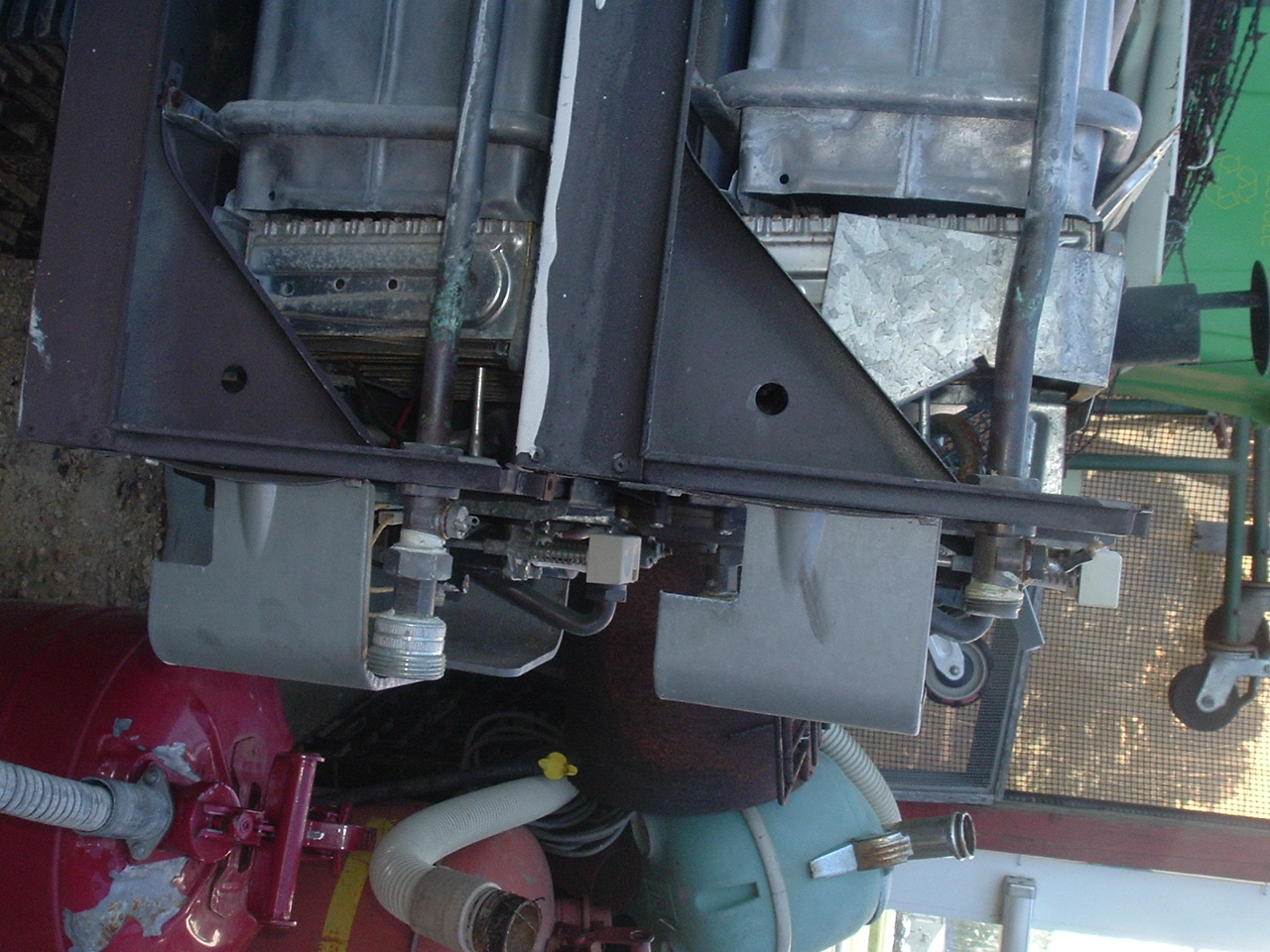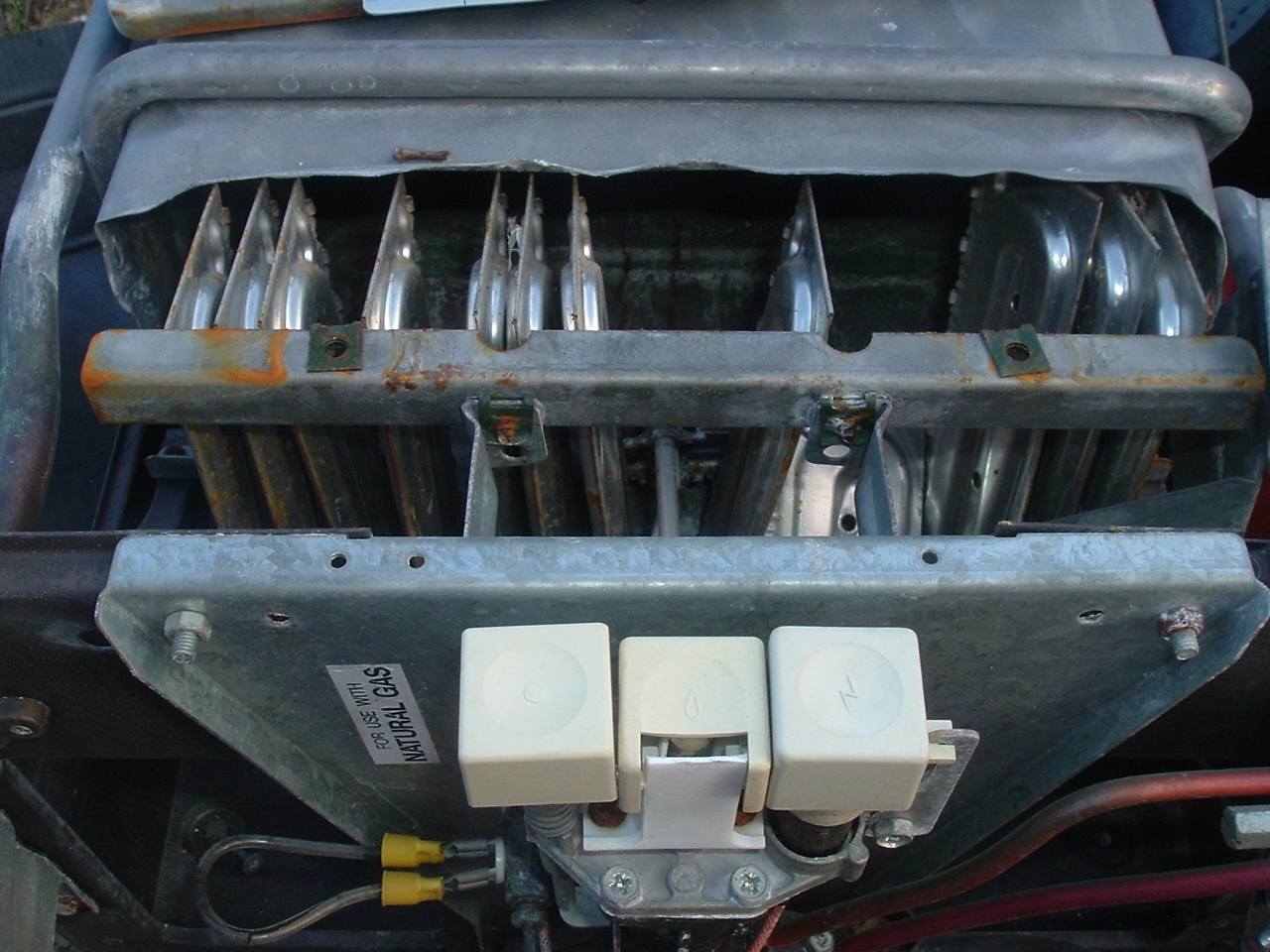Topic
Calling Stove Engineers!
Forum Posting
A Membership is required to post in the forums. Login or become a member to post in the member forums!
Home › Forums › Off Piste › Other Activities › Calling Stove Engineers!
- This topic has 37 replies, 9 voices, and was last updated 6 years, 7 months ago by
 DAN-Y/FANCEE FEEST.
DAN-Y/FANCEE FEEST.
-
AuthorPosts
-
Jul 17, 2017 at 8:57 pm #3479395
The Off piste sub-forum is for , “people interested in other types of lightweight adventures in the backcountry involving a variety of *new* types of gear (!) and other contraptions”
This definitely qualifies.
I’ve committed to resurrect my original backpacking hot tub from 1993 for a 20-ish-year reunion gourmet backpacking trip of the UC Berkeley Hiking Club (“Cal Hiking And Outdoor Society” = CHAOS”). Details in the editable posts below.
Jul 17, 2017 at 9:12 pm #3479403The original effort involved 100 feet of garden hose to tap and siphon a stream down to the beach,
then the water flowed through a large (Cadillac) 4-core radiator with 6 MSR Whisperlight / Fireflies / XGKs under it
and then into a hole dug in the sand dunes of the beach, lined with 10-mil polyethylene sheeting. Lining the foot well with CCF (over the sand, under the sheeting) helped hold back the sand and provided insulation.
It worked. Barely. It took 4 hours to get to 100F and involved hand-carrying buckets of warm water back above the radiator to heat it further. But eventually, naked college students were soaking in 104F 40C water much to the delight of the students themselves and the Boy Scout troop we shared the campsite with (and they got our excess ice cream sundaes).
Subsequent tweaks abandoned the WG stoves because they only put out 10,000 BTU/hour each and one wants a “bigger hammer”. So I got a 150,000 BTU/hour propane burner.
Also, the large radiator lost heat everywhere it wasn’t directly over a stove. Further (and this is subtle but important), each core of the radiator was SO efficient in removing heat, that the upper 3 cores removed very little more heat, but took 3/4 of the water volume. i.e. the bottom core took all the heat, but only had 1/4 of the flow. This wasn’t fatal with BPing stoves, but with the larger propane burner, it had to be addressed. A spreader plate and a coil of 1/2″ tubing before a smaller 2-core radiator was the ticket and the “snow-camping” version got to temp in 45 minutes, despite being on snow, starting with ice-cold water and even on “low” needed shovelfuls of snow every few minutes to keep it comfortable.
I’ll post my current musings soon, but I’m interested in what others would propose for a lightweight, high-output way to heat 300 gallons (2500 pounds) of water from 60F to 104F (plus conduction to the ground, the air and evaporative losses). And any ideas about hoses, tub structure / lining. Cost is less of an issue for a well-paid engineer than it was as a college student, but volume, weight (and ability to transport from AK to CA) is always important for both practicalities and style points. And, if it all works out, I can bring it on father-daughter-math and father-son cabin trips up here in summer and winter.
Jul 17, 2017 at 9:15 pm #3479404Trip date is October 6-8 so I have time to order, fabricate, and test gear. Location is Point Reyes Seashore so water and air temps around 60F. Hiking distance is 2 miles slightly uphill or 3 flat miles open to bicycles so moderate weight or multiple trips isn’t ruled out (the original one was done 6 miles in). I’ll check stuff as airline luggage and acquire fuel or standard off-the-shelf items in the SF area.
Jul 17, 2017 at 10:28 pm #3479411Maybe rather than having the water go through tubes in the flames, have the flames go through tube(s) in the water. Like a gas water heater.
Jul 17, 2017 at 10:31 pm #3479412Maybe use wood fire rather than propane. Maybe you can’t have wood fires at Pt Reyes.
Jul 17, 2017 at 10:36 pm #3479413Disclaimer: I am not a stove engineer, but I googled “backpacking hot tub” and got this: https://theoriginalnomad.com/collections/nomad-travelling-soaking-tub/products/collapsible-tub
Could probably do something more efficient – as this design says it takes 2-2.5 hours to get it to temperature.
I wonder if using a similar circular design – but with some type of outside insulation (fiberglass?) around it to speed up the heating process? Or would that just be too unsafe. Could possibly also design it to use wood instead of propane, and double as a grill (enjoy some steaks from the hot tub!) – but then you may run into issues with fire bans.
Jul 17, 2017 at 10:46 pm #3479414Jerry, I’ve long pondered a more integrated approach in which the HX was submerged in the water. A “snorkel stove” to use wood to heat a hot tub is out there, but involves a pretty big, buoyant(!!) metal box with the burning wood in it. And it takes a while to heat, even at home, with great wood, a deep hot tub and a deep firebox:

(Mustache required. It was the 70’s!)
The lowest-weight, highest output burner I’ve found is a “weed burner”:

which would then need to be operated within some ductwork or tubing of some sort. I’d also plan to check operation on a butane-propane mix canister instead of 100% propane which necessitates so much more steel (very close to a pound of steel for a pound of propane). But any combustion happening below the water’s surface also requires combustion air so you have cold air coming in and hot air leaving. I’m not opposed to that, but I haven’t figured out a low-volume (low-buoyancy) configuration.
Jul 17, 2017 at 10:47 pm #3479415I have those two propane fire pits from the GGG here. Would gladly lend them out for this endeavor. Would be allowed at Pt.Reyes. Wood fires there only on the beach with driftwood. Circular tubing on top of the coals with more coals/lava rock on top. Diameter and output would suffice.
Jul 17, 2017 at 10:54 pm #3479417I’ve also wondered about multiple stoves, say two BRS-3000T on two 450-gram butane canisters, within a water-proof container like an inverted ammo box:

With the lid on the bottom, the flatter (originally bottom) portion could be adapted to a exhaust stack with a flange adaptor* (see below) plus a pipe for make-up air (maybe through the sidewall?). If two stoves and canisters could fit inside, there’s 20,000 BTU/hour per set-up without any pumping/recirculation requirement. But ammo cans are heavy and I’ve looked at food-storage canisters like this:

* floor flange, available at Home Depot to adapt a flat surface to pipe thread: Jul 17, 2017 at 11:47 pm #3479425
Jul 17, 2017 at 11:47 pm #3479425I have one of those weed flamers
I feel very masculine using it. Better than all my neighbors. It puts out a lot of heat. Maybe you could just flame the water without heat exchanger.
The only problem is you have to have a hose ready, turned on, with it shut off at the nozzle. Ready to use at any moment. I have had a couple experiences.
I heard of a forest fire started by someone using a weed flamer.
It works good to roast chilis to char their skin.
Jul 17, 2017 at 11:59 pm #3479428Frances: That’s a very intriguing structure for the tub itself. It looks familiar – I think I’ve seen it used on Mont Blanc and similar places on some web postings (usually with 30+ people humping in the bits).
And it has two water-tight penetrations – something that’s tricky to do on one’s own. My earliest test version in the back was a thermo-siphon version but I had the pipes going over the sides instead of through them. I found I needed bigger pipes to maintain enough flow and with a high point in the loop, gasses came out of solution, collected at the high point, and ruined the siphon. Their design of tubing and tub would avoid that.
Jul 18, 2017 at 1:19 am #3479430A radiator or a condenser is designed to move ambient air across the coils, which removes heat from the tubes to the cooler air. So this is a poor design to heat water. Same goes for a heater core that normally has about 195 degree F coolant running through it.
You need to heat the water in a tank, then deliver it to your vessel (hot tub), with as short a run as possible from tank to tub, as a long run will loose heat to the cooler air. I guess I am describing a water heater.
One way is to fabricate a tank with a relief valve to open at a certain temperature, or pressure (you’ll have to calculate the pressure to temperature number).
What would I do, if money wasn’t an object?
Buy a RV water heater that only has manual controls — not one with a DSI igniter. These usually have 6 gallon tanks and cost about $250 new. The most popular brand is Suburban and they weigh about 40lbs. The BTU is 12,000, but you are heating water in a ceramic lined tank. Note: the flame is pretty large and sounds & looks like a huge blow torch. Once the water in the tank reaches the temperature adjustment, LPG will turn off, except for a small amount to keep the pilot lit. You will probably need a California Campfire permit too <lol>
Connect to a 5 gallon propane tank, which will weigh 47 lbs when it is full. You’ll need a standard LPG regulator that drops the pressure down to 11″ Water Column. Running LPG directly to water heater = Big Bang. Normally you need a water pump to push the water through, but gravity feed should work. You will also need an on/off water valve to shut off water flow when the tank becomes filled with cold water. You’ll also need a Radio Flyer or similar cart to tote the equipment. Check out a Gorilla garden cart with 1200 lb capacity and pneumatic tires that have lugs in them. They can only realistically carry about 400lbs on a maintained hiking trail and you’ll need help going up hills. If your cargo is well below 400 lbs, I suggest making up the difference with Dom Perignon and ice.
Disclaimer: I am not an engineer, but an old retired auto mechanic with bachelor’s degree in business. I can’t help you design something from scratch, but can probably help you turn a profit :)
Jul 18, 2017 at 6:50 am #3479437You can modify a tankless natural gas water heater to operate on propane. I have 2 heaters that I salvaged from a commercial building. You can have one to experiment with. You can use a DC water pump of the type used in RV campers to provide water to it. I’ll take a photo or two of one and post it later this evening. Here is a photo of the basic arrangement of parts.
http://www.homedepot.com/catalog/pdfImages/1a/1a7b364a-791e-42c0-92cf-19f94e284f41.pdf
 Jul 18, 2017 at 8:21 am #3479445
Jul 18, 2017 at 8:21 am #3479445Are you trying to make the system somewhat self operating or is a more labor intensive system acceptable? I’m thinking more along the lines of a couple of 50 quart turkey fryers that could boil a lot of water quickly. If you want something even larger you could go with a jumbo paella pan burner under a steel garbage can or 50 gallon drum. Or use the paella pan burner under a radiator like you did before, but use a sheet metal shroud to get better heat distribution.
For water circulation if you have enough people you could use a manual bilge pump and hose system..
Using driftwood in the Point Reyes area can be more difficult as it seems due to the moisture content of the wood. PR is typically cool and damp, especially along the beach. I’ve always started off with almond wood to get a nice hot fire going, and intermix with some drift wood, but the majority of wood is what I’ve hauled in.
You do realize that hot tubing with the same people +20 years later may ruin the memories of the earlier hot tubing days. :)
Jul 18, 2017 at 8:59 am #3479449Turkey fryer is a good idea. 30 qt unit for under $90 and 45,000 BTU burner. You will still need a propane tank. Thing is someone in Calif already owns one, so there is no designing, building, or air freight.
Jul 18, 2017 at 11:04 am #3479473Have a tub on top of the sand to prevent heat loss into the 55* sand hole. Arrive at the location 1 day early, let it preheat using “solar” energy.
Jul 18, 2017 at 12:05 pm #3479483David,
I hereby offer my assistance regarding this awesome endeavor. Specifically, I can offer housing before and after the trip (in the Berkeley Hills), car transport to the trailhead, and bikes / bikes with trailers for moving equipment.
CaseyJul 18, 2017 at 3:29 pm #3479543Dan: Great idea! Thanks. See below.
Nick, the RV water heater at 12,000 BTU/hour isn’t enough. It is better than one stove burner at 10,000 BTU/hour because (1) 20% more output and (2) good efficiency compared to, say, a standard pot over a stove burner.
But following the link Dan posted to a propane tankless heater, and looking around at HomeDepot.com, WOW!, there are many cheap tankless water heaters options that didn’t exist a decade ago when I did something like this (for a toxic waste site). Here’s one:
$152, 12 pounds (Yeah!), 42,500 BTU/hour. It’s even outdoor rated.
Nick: Yeah, those turkey cookers put out heat. I’ve got one I use for school picnic when 180 hot dogs have to be boiled in 20 minutes. I just put a big defunct, 30-quart, aluminum pressure cooker pot (left open!) on top. Tricky bit for this application is either (1) effecting some HX with decent efficiency or (2) ferrying pots of hot water back and forth.
Casey, Thanks for the offer of help. I might take you up on some of that. But this is coming together to be pretty doable. The biggest unknown at this point is the distance from spigot to tub and the flow and pressure of the spigot. I’ll see if the organizer has the site# at Coast Camp – then I could pick the distance off the park’s maps.
Ken: I’m willing to have it be labor intensive. There’ll be 20 people around and it’s always been a popular project. After the first few versions in the 1990’s, I’d actually trained a few others as hot tub technicians and lent the gear out for people who wanted a hot tub in their backyard for a party. It got so I could show up for an event and there was already 104F water without me doing any plumbing or set up.
Ken: I didn’t know about those paella pan burners. Nice to know. Yes, that would heat up a drum of water really quick. I’ve got a friend up here who does a paella pan over a campfire to boil down birch syrup (each tree produces about a gallon a day around April First, but for really sweet syrup, you need to concentrate it 100:1). The hillbilly approach would be to put a galvanized steel horse trough on top of such a burner (and maybe throw a pallet inside to avoid sitting on the metal over the burner).
Ken: agreed about the wood there being poor quality. And probably not allowed except on the beach below the high tide line. There are fire grills on a steel stand. I suspect one if not to have a fire in the campsite outside of those. I could imagine doing a U-tube of 4-inch aluminum; one side being air intake and the other, taller side being exhaust. And kicking it off with (and maybe fueling it entirely) with self-light briquettes.
Ken: “the same people +20 years later may ruin the memories”. It is a universal truth that, with time, everything gets bigger, hairier, and closer to the ground.
Jul 18, 2017 at 3:38 pm #3479545Dan: I really like the idea of pre-warming the water by setting the tub up early. Line with a black tarp, cover with a clear tarp and you get some fraction of a horsepower per square yard for free. 6 foot diameter = 28 square feet = 3 square yard = 3 hp solar input = 10,000 BTU/hour for 6(?) hours = 60,000 BTUs. Minus losses so maybe 30,000 BTU. Into 300 gallons = 2500 pounds of water = 12F temp rise which is significant. A downside is if I pre-fill it, then I need a re-circ pump to move it through any water heater or HX (other than ferrying pots over a burner). If I fill it immediately prior, I can potentially use spigot pressure to run the water through the water heater without any need to pump it. I definitely need to check distances and heights of spigot versus campsite.
Also, I can request several folks bring an extra CCF pad and insulate the bottom and sides of the tub to greatly reduce the conductive heat losses.
Jul 18, 2017 at 3:48 pm #3479550David,
That Home Depot tank will run on a standard BBQ regulator (11″ WC). A 5 gallon propane tank (~ 4.6 gallons) has about 420,000 BTU, so that should provide about 9 hours of run time (in theory), real world is probably a little less.
Things sure have changed since I researched water heaters about 15 years ago when I rebuilt a tent trailer from the ground up.
Great find by Dan Y!!!!!
Jul 18, 2017 at 6:54 pm #3479578heat chamber is 6″ deep and 12″ wide x 13″ high
Unit measures approx 32″ in height
I would remove burner elements and use propane weed burner directed into heat chamber. 1/2″ copper tubing is wrapped around heat chamber. Chamber wall seems to be heavy gauge aluminum. Copper tubing seems to be aluminizedfused to aluminum chamber for heat transfer.
some photos:



 Jul 18, 2017 at 6:58 pm #3479579
Jul 18, 2017 at 6:58 pm #3479579another photo showing 1 of 12 burners
 Jul 18, 2017 at 7:00 pm #3479580
Jul 18, 2017 at 7:00 pm #3479580another showing full length
 Jul 21, 2017 at 2:41 pm #3480351
Jul 21, 2017 at 2:41 pm #3480351Okay, I might be done on the heater/HX part.

$119, 34,000 BTU/hour, 1.34 gpm, 10.8 pounds, 2-110 psi water pressure, includes regulator and propane hose. The “20-minute safety shut off” is slight downside, but for this app, I can set a timer on my phone. Other models don’t have the time limit, but are 22 pounds. Also, it’s the sort of thing I like I have in my arsenal of equipment and a canoeing or rafting trip, hoisting a water bag in a 10 feet in a tree (or sitting on a water bladder) would give hot showers in remote locations. And for those times, professionally, when someone calls in a panic for some toxic-waste site solution and wants it tomorrow.
So I’ll order it up and update you guys when I’ve fired it up. Size and weight are compatible with checked bags (if TSA doesn’t freak out).
Next item: a 5-gallon, 20-pounds-of-propane, (plus 20 pounds of steel) BBQ grill tank is the obvious answer and easy to borrow in the SF area. But that’s 40 pounds (although plenty of fuel for two nights of soaking). Maybe I’ll stop there. But an aluminum tank of 10-15 pound capacity would be more style points. Thing is, while this event is in CA, future uses of the heater would be back home in Alaska and once the tank is filled, I could only drive it back, not check on an airline. And they are $150-$250.
I saw a lot of composite (fiberglass? FG-wrapped aluminum?) tanks used in Iceland and when I search for that, I see 10-pound-empty tanks that hold 17 pounds of propane on Amazon for $119.
Or just use another one-pound cylinder every 40 minutes and leave them in a bucket of water so they don’t ice up. Spendy on the road ($3-4/pound = $15/gallon) if I’m not at home to refill them from bulk ($2.89/gallon).
Jul 21, 2017 at 3:16 pm #3480375Ok, you’re all set.
I’m going to start a modification on one of mine so I can instal it on a friends wood burner up at his cabin in Minnesota. The 6″ flue on his stove should fit inside the burner housing. I think a gravity fed system should work well. These units can produce 100,000 max btu’s so they are pretty robust.
-
AuthorPosts
- You must be logged in to reply to this topic.
Forum Posting
A Membership is required to post in the forums. Login or become a member to post in the member forums!
Our Community Posts are Moderated
Backpacking Light community posts are moderated and here to foster helpful and positive discussions about lightweight backpacking. Please be mindful of our values and boundaries and review our Community Guidelines prior to posting.
Get the Newsletter
Gear Research & Discovery Tools
- Browse our curated Gear Shop
- See the latest Gear Deals and Sales
- Our Recommendations
- Search for Gear on Sale with the Gear Finder
- Used Gear Swap
- Member Gear Reviews and BPL Gear Review Articles
- Browse by Gear Type or Brand.


